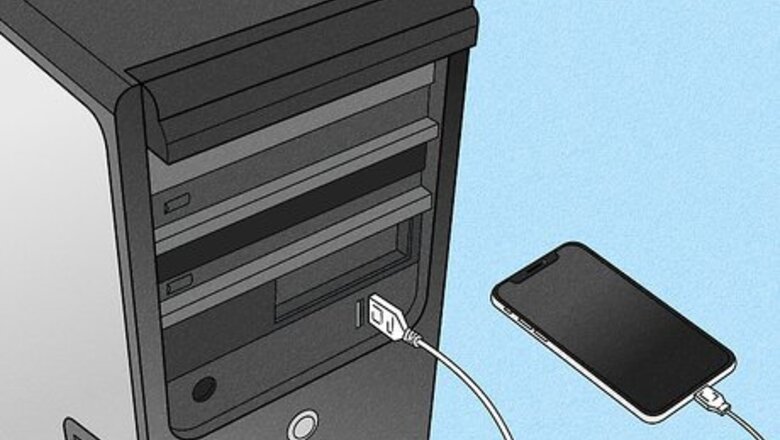
views
- If you have iTunes on a PC or an older Mac, connect your phone to your computer to restore it.
- If you have "Find My" enabled, use the iCloud website and the Find My tool to erase and restore your iPhone.
- In some circumstances, put your iPhone in Recovery Mode and then plug it into iTunes or Finder to restore it.
Using iTunes
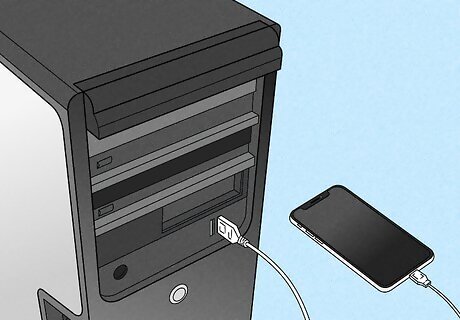
Attach your iPhone to your computer. Plug the charging end of your iPhone's charger cable into your iPhone, then plug the USB end of the cable into your computer. If you use a Mac, you may need to buy a USB 3.0 to Thunderbolt adapter in order to connect the cable.
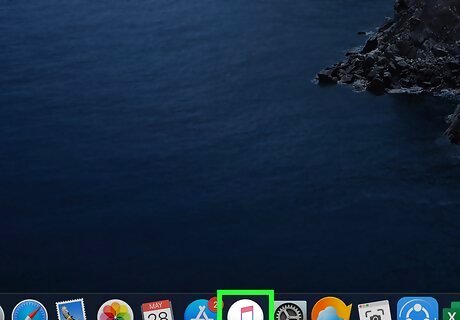
Open iTunes. Its app icon resembles a multicolored musical note on a white background. If iTunes asks for a passcode or indicates that it's unable to interface with your iPhone, skip to the Recovery Mode method.
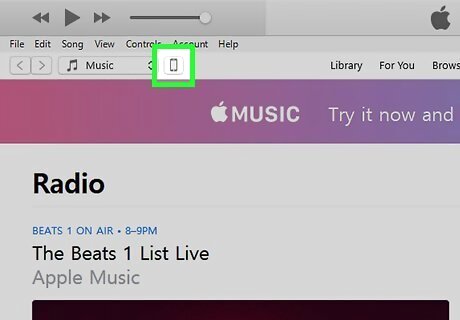
Click your iPhone's icon. It's the iPhone-shaped icon that's in the upper-left side of the iTunes window.
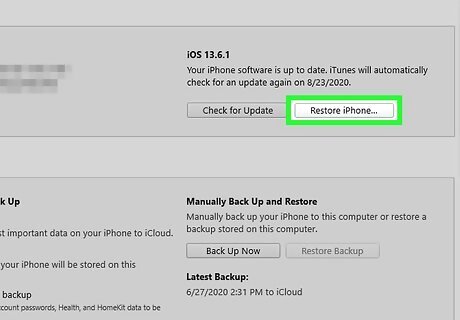
Click Restore iPhone…. This is in the upper-right side of the page. If your iPhone's Find My iPhone feature is turned on, you'll be prompted to turn it off before proceeding. Since you can't disable Find My iPhone while your iPhone is disabled, try using iCloud to erase your iPhone instead.
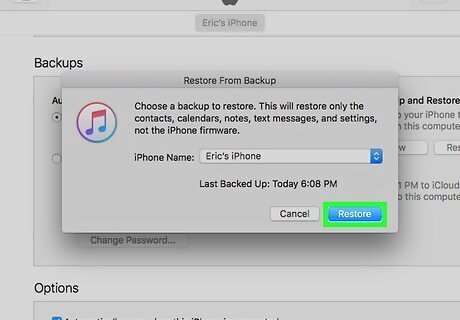
Click Restore when prompted. Doing so will prompt your iPhone to begin restoring to factory settings. You may need to enter a password before proceeding.
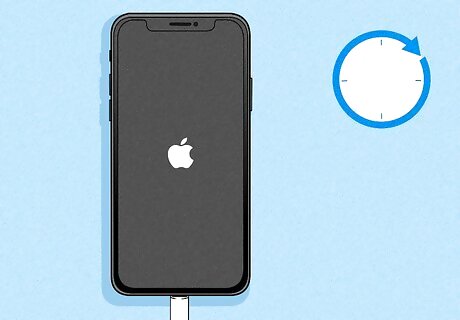
Wait for the restore to finish. This should only take a few minutes, though it may take longer if your iPhone needs to be updated. Once the restore completes, your iPhone's "Disabled" protection should be unlocked, and your passcode will be gone.
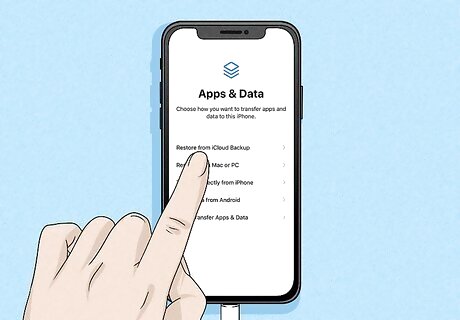
Restore a backup if needed. If you have a backup of your iPhone stored in iTunes or iCloud, you can restore your iPhone's settings, photos, apps, and so on. If your iPhone has an activation lock on it, you'll need to enter your Apple ID email address and password in order to restore a backup in iTunes. If you don't have a backup available, you'll need to set up your iPhone as a new iPhone.
Using iCloud
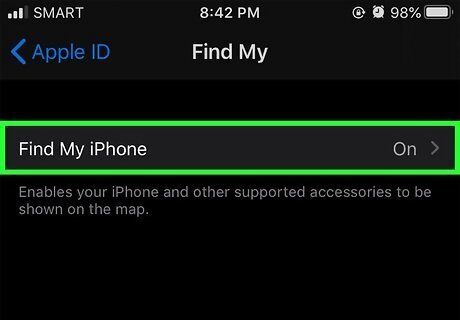
Make sure that you have Find My iPhone enabled. If you turned off Find My iPhone at any point and didn't turn it back on, you won't be able to use this method. Try using iTunes or using Recovery Mode instead.
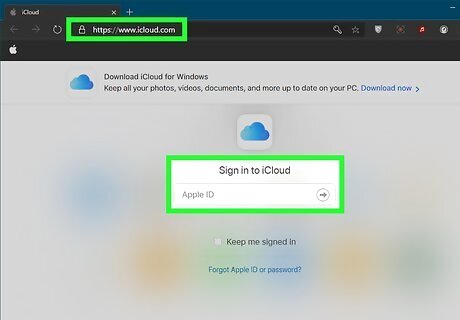
Open your iCloud page. Go to https://www.icloud.com/ in your browser, then log in by entering your Apple ID email address and password if prompted. This will bring up your iCloud dashboard.
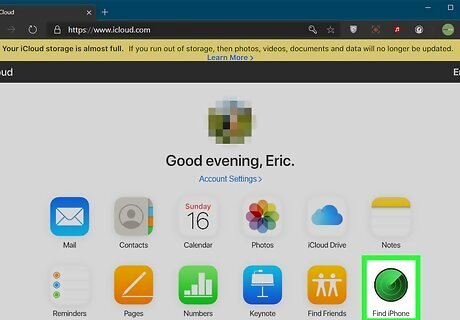
Click Find iPhone. It's a green radar icon at the bottom of the dashboard. Doing so causes iCloud to begin trying to find your iPhone. You may have to re-enter your Apple ID password here before continuing.
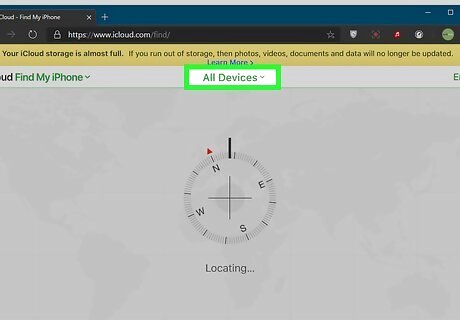
Click All Devices. This is a green tab at the top of the window. A drop-down menu will appear.
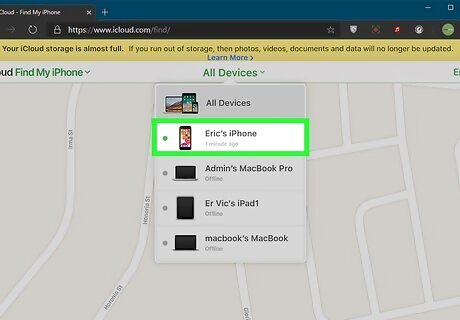
Select your iPhone. Click your iPhone's name in the drop-down menu. You should see the iPhone's page open on the right side of the window. If you can't see your iPhone's name here, Find My iPhone isn't enabled on your iPhone.
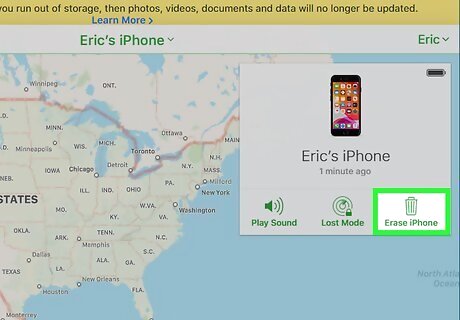
Click Erase iPhone. It's in the bottom-right corner of the iPhone's page.
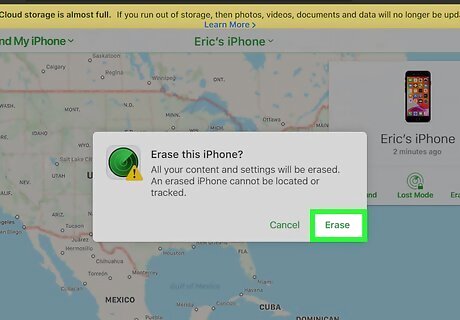
Click Erase when prompted. Doing so will bring up a password field.
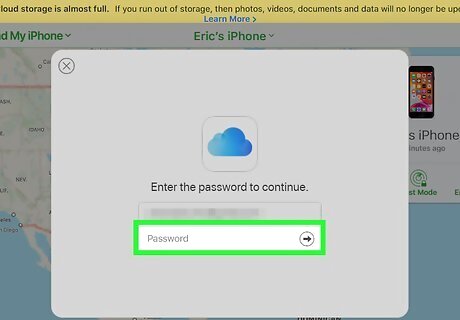
Enter your Apple ID password. In the password field, type in the Apple ID password for the iPhone that you're trying to erase.
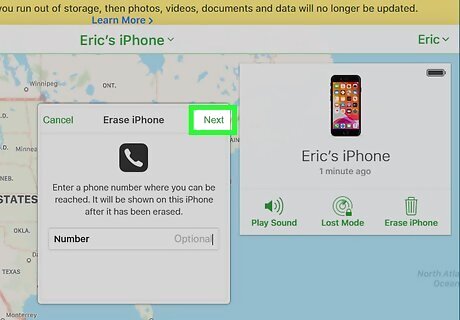
Click Next. It's in the upper-right corner of the iPhone's page that's in the top-right side of the window.
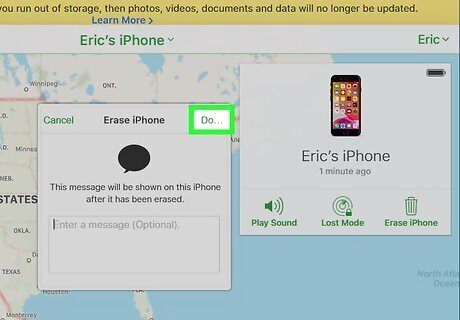
Click Done. This green button is in the upper-right side of the iPhone's page. Doing so prompts your iPhone to begin erasing.
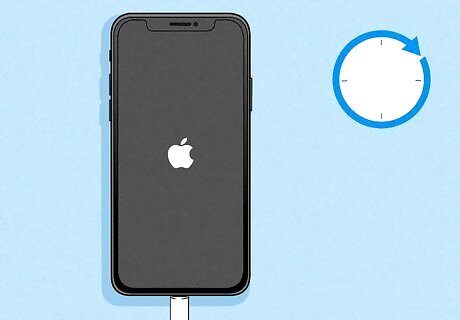
Wait for your iPhone to finish erasing. The erasing process will usually only take a few minutes. Once you see various languages' versions of "Hello" flashing across your iPhone's screen, you may proceed.
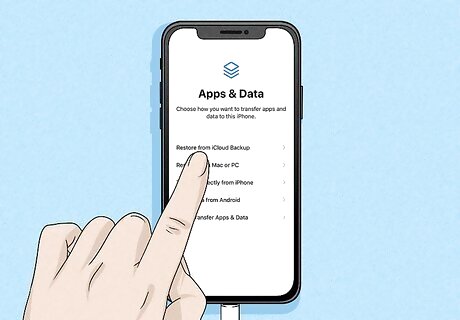
Restore a backup if needed. If you have a backup of your iPhone stored in iTunes or iCloud, you can restore your iPhone's settings, photos, apps, and so on. If your iPhone has an activation lock on it, you'll need to enter your Apple ID email address and password in order to restore a backup in iTunes. If you don't have a backup available, you'll need to set up your iPhone as a new iPhone.
Using Recovery Mode
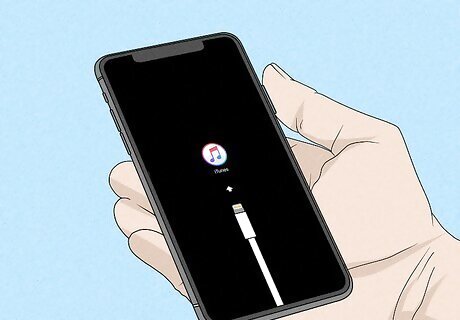
Understand when to use Recovery Mode. Recovery Mode allows you to use iTunes to reset your iPhone on a computer on which you've never used your iPhone. If you can't use iTunes to restore your iPhone and your iCloud account doesn't have Find My iPhone enabled, you'll need to use Recovery Mode.
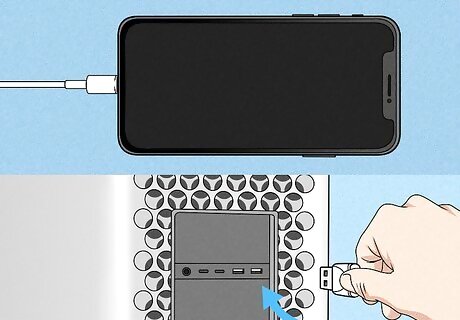
Close iTunes if it's open. This is important for enabling Recovery Mode, as leaving iTunes open and then placing your iPhone in Recovery Mode will result in an error.
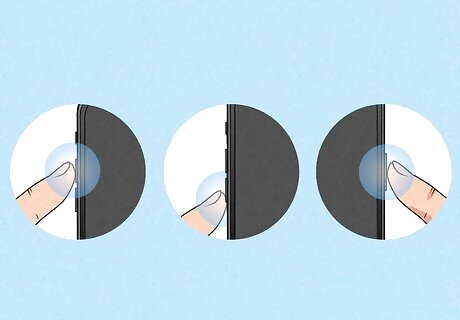
Attach your iPhone to your computer. Plug the charging end of your iPhone's charger cable into your iPhone, then plug the USB end of the cable into your computer. If you use a Mac, you may need to buy a USB 3.0 to Thunderbolt adapter in order to connect the cable. If iTunes opens, close it before proceeding.
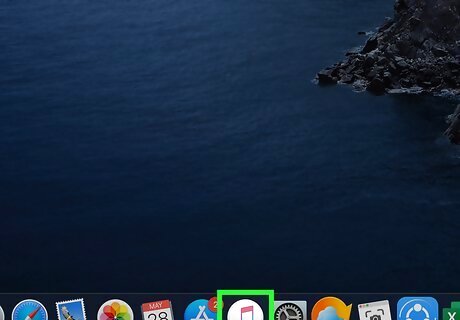
Place your iPhone in Recovery Mode. For an iPhone 8 or higher, you'll press quickly the Volume Up button, press quickly the Volume Down button, and then press and hold the Power button until you see the "Connect to iTunes" message—which resembles a power cable and the iTunes logo—appear on your iPhone's screen. For an iPhone 7, press and hold both the Volume Down button and the Power button until you see the "Connect to iTunes" message. For an iPhone 6S or lower, press and hold both the Power button and the Home button until you see the "Connect to iTunes" message.
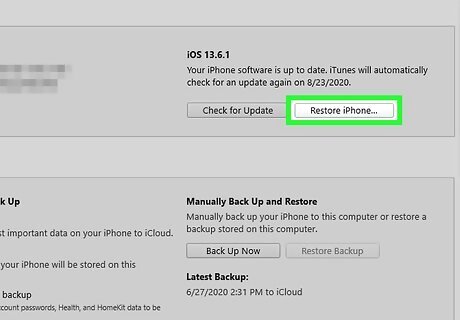
Open iTunes. Its app icon resembles a multicolored musical note on a white background. iTunes should open to the Recovery Mode page.
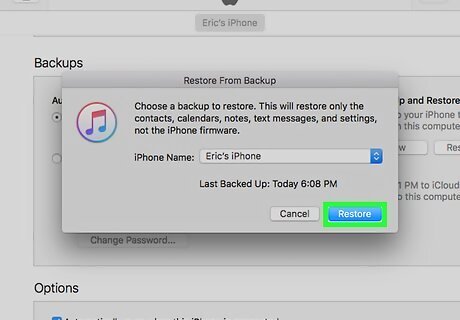
Click Restore iPhone…. This is at the top of the window.
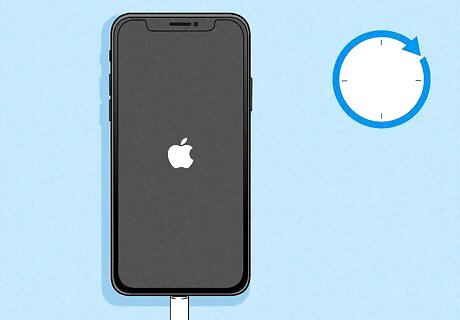
Click Restore when prompted. Your iPhone will begin restoring to factory settings. You may have to enter your Apple ID password here.
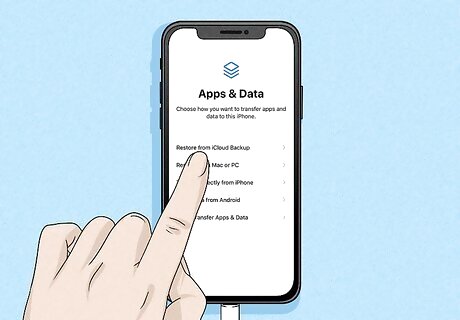
Wait for the iPhone to finish erasing. This will usually only take a few minutes, though it may take longer if your iPhone needs to be updated.
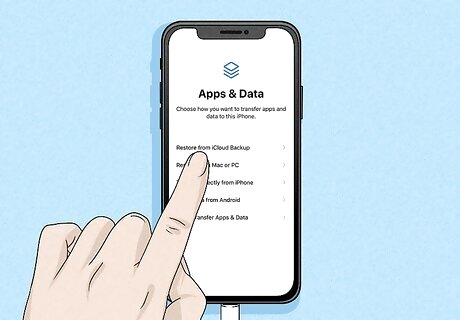
Restore a backup if needed. If you have a backup available on a different computer or in iCloud, you can restore your iPhone's information via the backup. If your iPhone has an activation lock on it, you'll need to enter your Apple ID email address and password in order to restore a backup in iTunes. If you don't have a backup available, you'll need to set up your iPhone as a new iPhone.




















Comments
0 comment